The Soviet Union is perhaps the largest totalitarian regime to have ever existed. But what exactly allowed the Soviet regime to last more than half a century? The answer is two things, foreign influence and geographic location. Perhaps the biggest foreign influence in Soviet military infrastructure was German influence, despite WWI and WWII making it seem like Germans and Russians have always hated each other, it’s not true. Before those two historical human blunders, Germans and Russians were very close. So close that Russian royalty was actually German. Some Russian cities even had German names like Petersburg which was later changed to the more Russian “Petrograd”. And not surprising, some Russians today can claim partial German ancestry. But the story of how close both cultures were is a whole different story. I’m going to talk about how foreign influence helped shaped the Soviet military. A lot of the stuff I’ll be discussing in the next paragraphs is probably going to irritate the Sovieboos even though I’ll be using an apolitical and unbiased tone.
note: I’m not saying that everything from the Soviet Union was based on foreign design and yes it’s true that every country has influenced or been influenced by foreign elements, specifically neighboring countries. But since the foreign influences behind the soviet military are largely unknown, is why they are worth talking about. Also it should be noted that the Soviet Union and Russian Federation are distinct from each other because they are two different countries, the latter replaced the former and there are Russians who do not like to be associated with the USSR anymore.

1.) Mosin Nagant: The iconic Russian bolt action rifle that is still in use today. While it was mostly designed by a Russian named Sergei Mosin in 1891. A Belgian by the name of Èmile Nagant also contributed to the design of this rifle. Prior to this rifle, Russia didn’t have much uniquely Russian weaponry, much of their weaponry was foreign. So this rifle was a breakthrough. The rifle took inspirations from many other iconic rifle series of its time like Mauser and Enfield. The rifle’s cartridge is known as the 7.62x54 Russian.
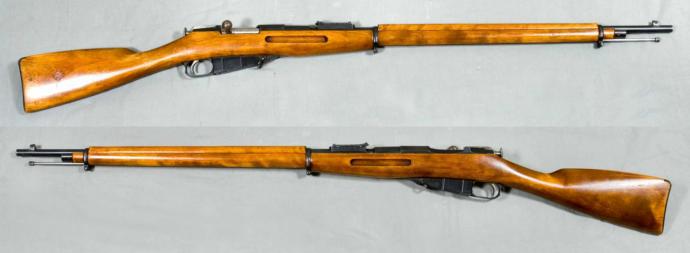
2.) Nagant M1895: To accompany the Mosin Nagant, a revolver was also designed for the Russian military. But unlike the rifle, the gun was designed by two Belgians Émile and Léon Nagant in 1895. The revolver also fired it’s own unique cartridge the 7.62x38mmR. Unlike the Mosin Nagant, this revolver was rendered nearly obsolete with the introduction of semi automatic pistols.
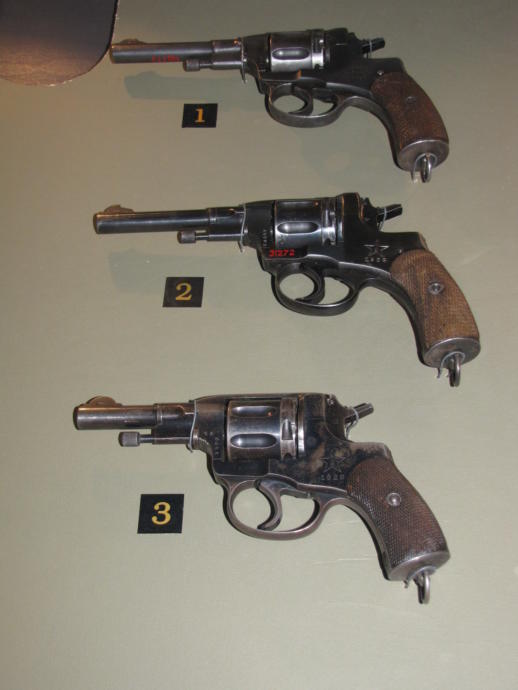
3.) Tokarev tt series: The Nagant revolver met a very formidable foe in the form of the Tokarev tt series which was designed by Fedor Tokarev in 1933. A pistol that the Russians could finally claim as their own. But that doesn’t it’s uniquely Russian, for it had very obvious foreign influences. The pistol’s framework was clearly inspired by the Browning M1903 and also operated in a similar way. The TT 33s cartridge(7.62x25mm) is an upgraded version of the German Mauser 7.63x25mm cartridge. The pistol would serve as the red armies sidearm during WWII and shortly post WWII until it was replaced by a newer pistol. But the Tokarev pistol would be exported to other communist countries where copies of the gun would be made with modifications. It’s currently the main sidearm of the Vietnamese armed forces.

3.) Soviet uniforms: Before you learn about what pistol replaced the Tokarev, let’s talk about their uniforms which were also inspired by foreign influence. For example, many soviet ceremonial and officer uniforms were based on WWI German Gabardine uniforms, The peaked caps worn by soviet officers were based on the design of the peaked caps worn by imperial German officers. And post WWII, the M1955 honor guard uniform was inspired by the Bavarian Uhlan uniform. But there is one uniform piece that was obviously heavily inspired by German influence, the SSH36 helmet. Anyone can clearly see that the German stahlhelm was the inspiration for this helmet. Upon first glance at pictures where Soviet soldiers wear this helmet, you’d probably mistake them for Germans.
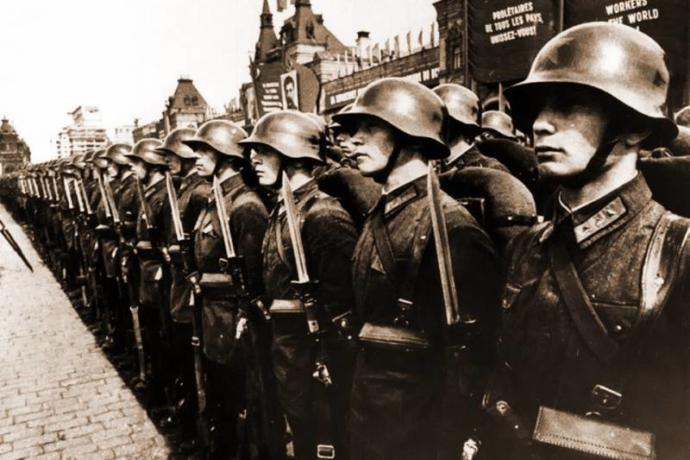
4.) Makarov pistol: Spoils of war can do wonders for a country especially when it involves captured military technology. The Makarov pistol was designed shortly after WWII in 1951 by a man named Nikolay Makarov. The idea for this design came from the German Walther pp series. While the cartridge used by the Makarov the 9x18mm Makarov was based on a experimental German cartidge called 9x18 ultra. The Makarov would serve as the soviet military’s standard issue pistol until the end of the Cold War when newer pistols were introduced specifically the Serdyukov and the MP443 “Grach”(rook).

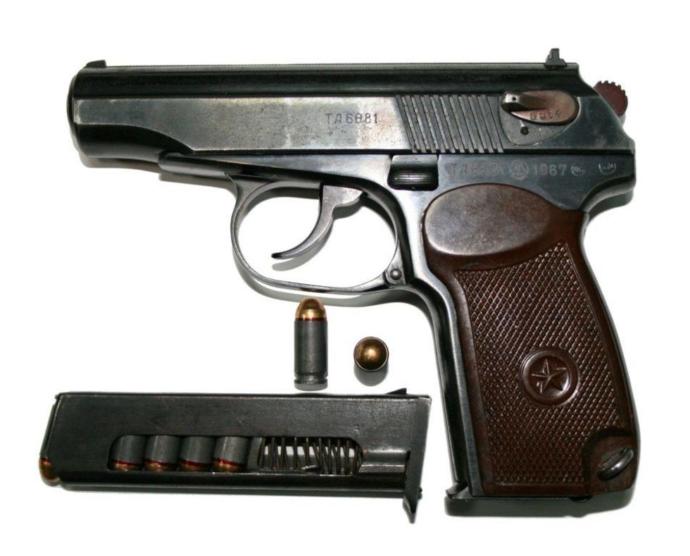
5.)PPD and PPSH41: The popular standard issue submachine guns of the soviet military were heavily inspired by German design. While they were designed by a Russian, the design was heavily inspired by the German MP18 and the Finnish KP 31. The PPSH41waa also chambered in the 7.62x25mm cartridge.

5.) Katyusha rockets: Ah yes the formidable katyusha rockets that struck fear into the axis powers during WWII. Often erroneously considered a Russian design but in reality they were designed by a Swiss-German named Georgy Langemak. Despite Mr. Langemak’s contribution to Soviet military technology, he still became a victim of Stalin’s purges. Just shows how ungrateful Stalin was.

6.) Dnepr m72: One of the earliest Soviet motorcycles but they also happened to have been inspired by a German BMW Motorcycle called R71 which they reversed engineered to produce said motorcycle. Much like the Germans, the Soviets also attached sidecars to this motorcycle.

7.) Ak series: Ah yes, the most popular line of weapons ever produced. The designer of these weapons was a Russian tank designer by the name of Mikhail Kalashnikov. The original known as the AK-47 was heavily inspired by the German STG44 which was designed in 1943 by a German gunsmith named Hugo Schmeisser. Post WWII Hugo was forced by the Soviet authorities in Eastern Germany to work for them. Very little is known of his post war activities but it is known that Hugo did indeed help Kalashnikov design the AK-47 which Kalashnikov began working on during the war. How much he contributed is unknown but the German influences on the ak assault rifle series continues even in the newer ones like the AK12.
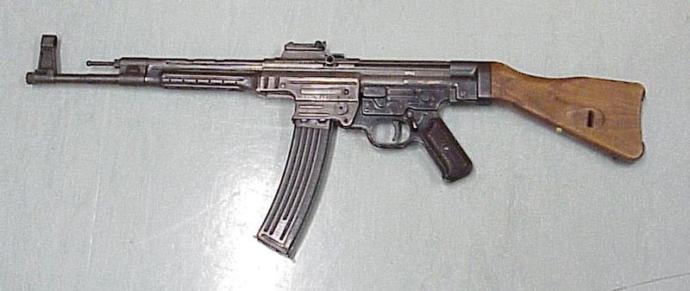
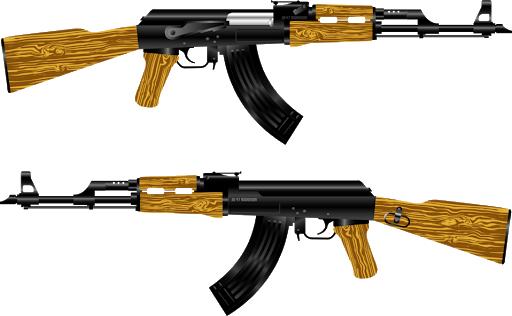
8.)T-26 light tank: A Soviet copy of the British Vickers 6 ton tank.
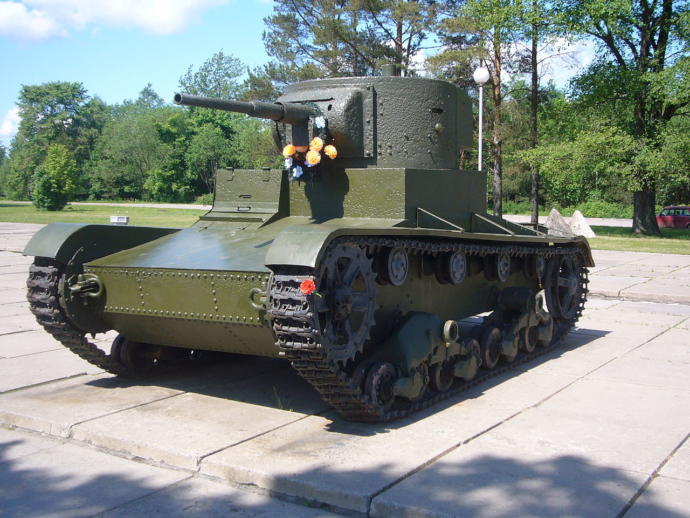
9.) Soviet Rocket program: Much like America’s Rocket program, the Soviets also used captured German scientists to help Soviet scientists advance the Soviet Rocket developments, it was because of German scientists like Helmut Gröttrup and over a hundred other German scientists that the Soviet Union was able to briefly rival the US in the space race.

10.) Soviet Nuclear technology: Much like their Rocket program, the Soviets also used a group of German scientists(see Russian Alsos) who used by the Soviets post WWII to develop their atom bomb program. Among these scientists were Manfred Von Ardenne and Nikolaus Riel.
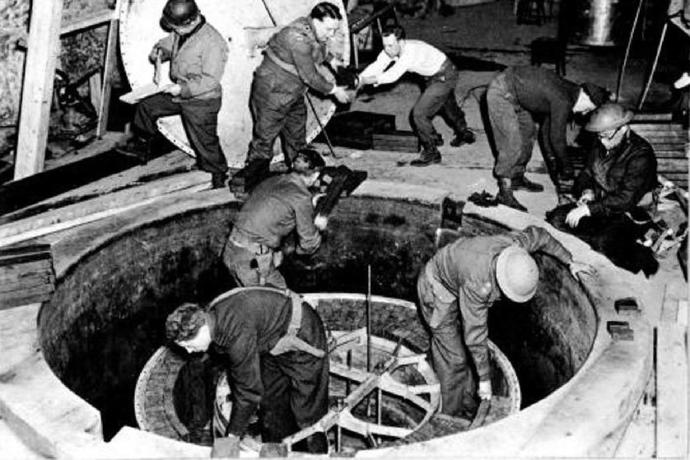
11.) Soviet submarines: The soviet S class submarines were the result of collaboration between German and soviet engineers pre WWII. This was the result of the German and soviet non aggression pact.

12.)Schellenbaum/Turkish Crescent: The usage of a schellenbaum in military parades is often considered a Turkish and Prussian/German military tradition but has also become a permanent part of Soviet and Russian military ceremonies via the cross cultural interactions between Germans and Russians.
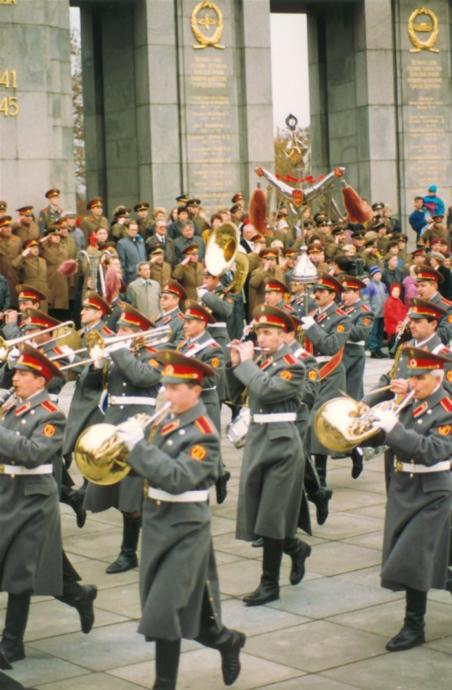
13.) Serdyukov pistol: The Makarov eventually became rendered obsolete when semi auto pistols started to carry higher capacity mags, which is why the Russians designed a newer pistol called the Serdyukov chambered in 9x21mm armor piercing rounds. The pistol is mostly a Russian design that slightly resembles the Makarov but also functions like a Berreta m92. This gun designed in 1991 shortly before the collapse of the Soviet Union.
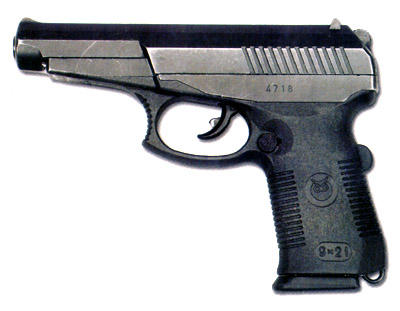
14 Lenin: The founder of the Soviet Union Vladimir Lenin wasn’t of full Russian ancestry, he was of part German and Swedish ancestry from his Lutheran mother Maria Alexandrova Blank.
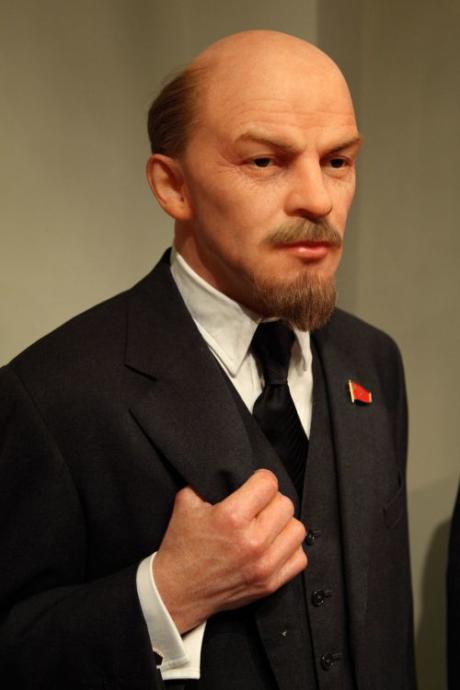
So yes, the Soviet Union was definitely influenced by foreign elements. Unfortunately Soviet propaganda managed to prevent these foreign influences to be known. But now with the access to the internet and disclosed records, the truth is more evident.
https://en.m.wikipedia.org/wiki/SR-1_Vektor
https://en.m.wikipedia.org/wiki/Nagant_M1895
https://en.m.wikipedia.org/wiki/Mosin–Nagant
http://www.russianspaceweb.com/a4_team_moscow.html
https://www.militaryfactory.com/smallarms/detail.asp?smallarms_id=368
https://peoplepill.com/people/maria-alexandrovna-ulyanova/
https://en.m.wikipedia.org/wiki/Georgy_Langemak
https://www.militaryfactory.com/smallarms/detail.asp?smallarms_id=355
https://www.guns.com/news/2015/11/30/hugo-schmeisser-assault-rifle
 Girl's Behavior
Girl's Behavior  Guy's Behavior
Guy's Behavior  Flirting
Flirting  Dating
Dating  Relationships
Relationships  Fashion & Beauty
Fashion & Beauty  Health & Fitness
Health & Fitness  Marriage & Weddings
Marriage & Weddings  Shopping & Gifts
Shopping & Gifts  Technology & Internet
Technology & Internet  Break Up & Divorce
Break Up & Divorce  Education & Career
Education & Career  Entertainment & Arts
Entertainment & Arts  Family & Friends
Family & Friends  Food & Beverage
Food & Beverage  Hobbies & Leisure
Hobbies & Leisure  Other
Other  Religion & Spirituality
Religion & Spirituality  Society & Politics
Society & Politics  Sports
Sports  Travel
Travel  Trending & News
Trending & News
Most Helpful Opinions